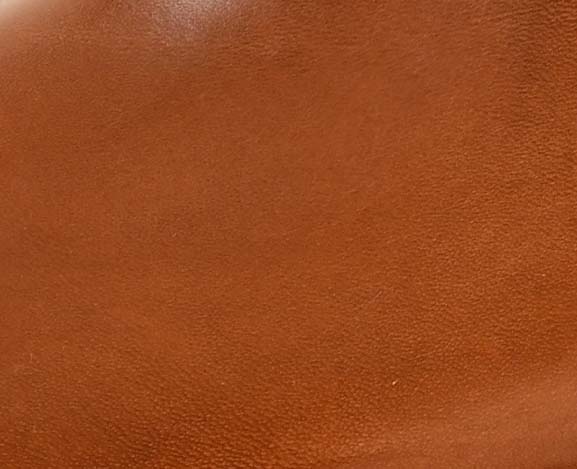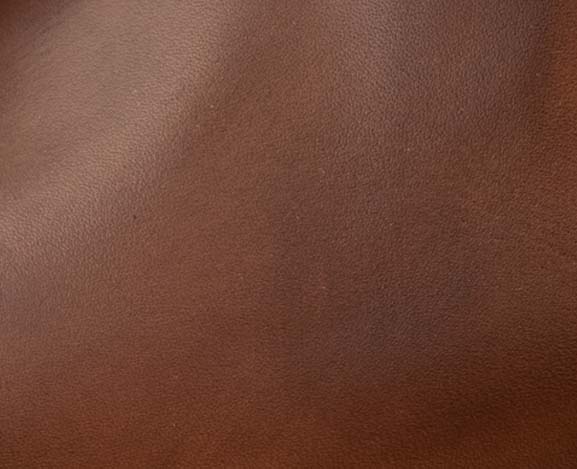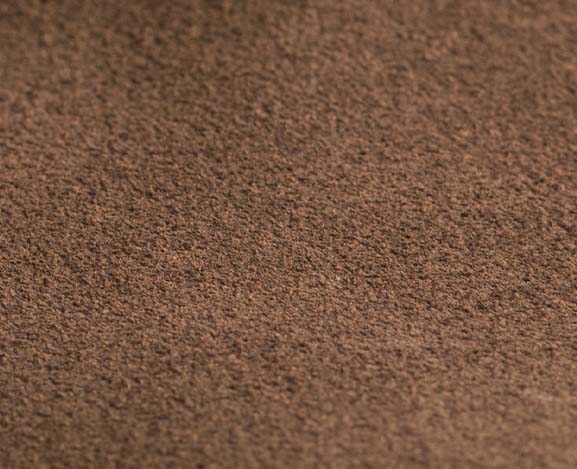- Home
- Guides & Tips
- Shoe guide
- Bexley leathers
Differences between the different shoe leathers
You probably have more leather shoes than other types, but leathers are not all the same. Leather is a noble, natural, incomparably elegant material and comes in a wide variety of finishes, each with its own unique style and special care requirements.
Where Bexley leathers come from
Before we go any further with the different types of leather and how to recognise them, a brief word on where they come from. Most Bexley leather shoes are made from calf’s leather, also known as box calf. Box calf is a high quality leather often used to make luxury shoes. We get the vast majority of ours from French calves, as they are still the best quality, supplied by renowned French and European tanneries. We also use cow leathers for more casual shoes and week-end wear.
Smooth leathers
Full grain aniline leather

Full grain leather is a natural leather whose upper surface remains intact, delivering the transparency and shade variations that make it so attractive.
The grain of the leather is the part of the epidermis where the hair grows: it’s the upper surface of the skin, where the fibres are more dense.
Full grain aniline leather is a leather obtained from a hide with very few defects, and where the whole thickness is used and only a light finish applied.
This finish reveals all the leather’s natural characteristics – once it has been tanned it will not undergo any other alterations. Only the most noble of treatments are applied to full grain aniline calf leathers, resulting in high quality leathers of matchless beauty.
You can therefore judge a leather’s quality by looking at its natural grain: over-smooth, ultra-shiny uppers are the sign of alterations further down, indicating a poorer quality base.
Oiled leather

Perfect for wet weather, oiled leather is a soft, very comfortable, round, matt leather. This type of leather is our preferred choice for making rubber-soled shoes, boots and ankle boots.
Oiled leather is enriched with at least 10% of its own weight in oil or grease: as well as giving it its waxy look, it also helps it resist cracking and pulling. If stretched, oiled leather naturally tends to lighten in colour, resulting over time in an elegant patina.
It's easy to recognise oiled leather, by making a small scratch (with a fingernail, for example) on the material in question. If it’s oiled leather, you can make the scratch disappear just by rubbing it with your finger or a slightly damp cloth.
Suede leathers
Suede leather doesn’t refer to a particular kind of leather, but to various different finishes that have a velvety touch: nubuck, (split) suede, and suede split.
Nubuck leather

Nubuck is calf or cow leather, whose grain has been buffed with very fine sandpaper, to deliver a smooth, velvety finish.
To make a really beautiful nubuck, you have to work with a flawless piece of original full grain leather – the result will feel beautifully soft. Nubuck leather has a very elegant, dense and tightly woven appearance. It is known for its resilience, but, nevertheless, it is demanding in terms of maintenance.
Split suede (and suede split)

You have to be a real connoisseur to be able to tell the difference between nubuck and suede just by looking at it. The difference lies in which side of the leather has been buffed. Nubuck leather is sanded on the grain side, i.e. the outer surface of the hide, whereas suede (including split suede and suede split) is sanded on the flesh side, i.e. the inner surface.
The grain of the leather is not visible with suede, as opposed to nubuck, because there isn’t any on the flesh side. While nubuck feels softer to the touch thanks to its very light sanding, suede is slightly better at resisting stains and the effects of sunlight.
Suede split is obtained by splitting a thick leather into two layers. The top, outer layer is the grain, where the hairs grow. The layer taken from the flesh side of the skin is the split.
Suede split is extremely soft and comfortable, and it catches the light beautifully, which sets off some colours to superb effect.
Like nubuck leather, suede split is a delicate material that needs special care. Fortunately, this is something that's quite easy to do! All Bexley split suede leathers are treated with water-repellent, to make them more rain resistant.

 30 days
30 days 3D SECURE
3D SECURE
